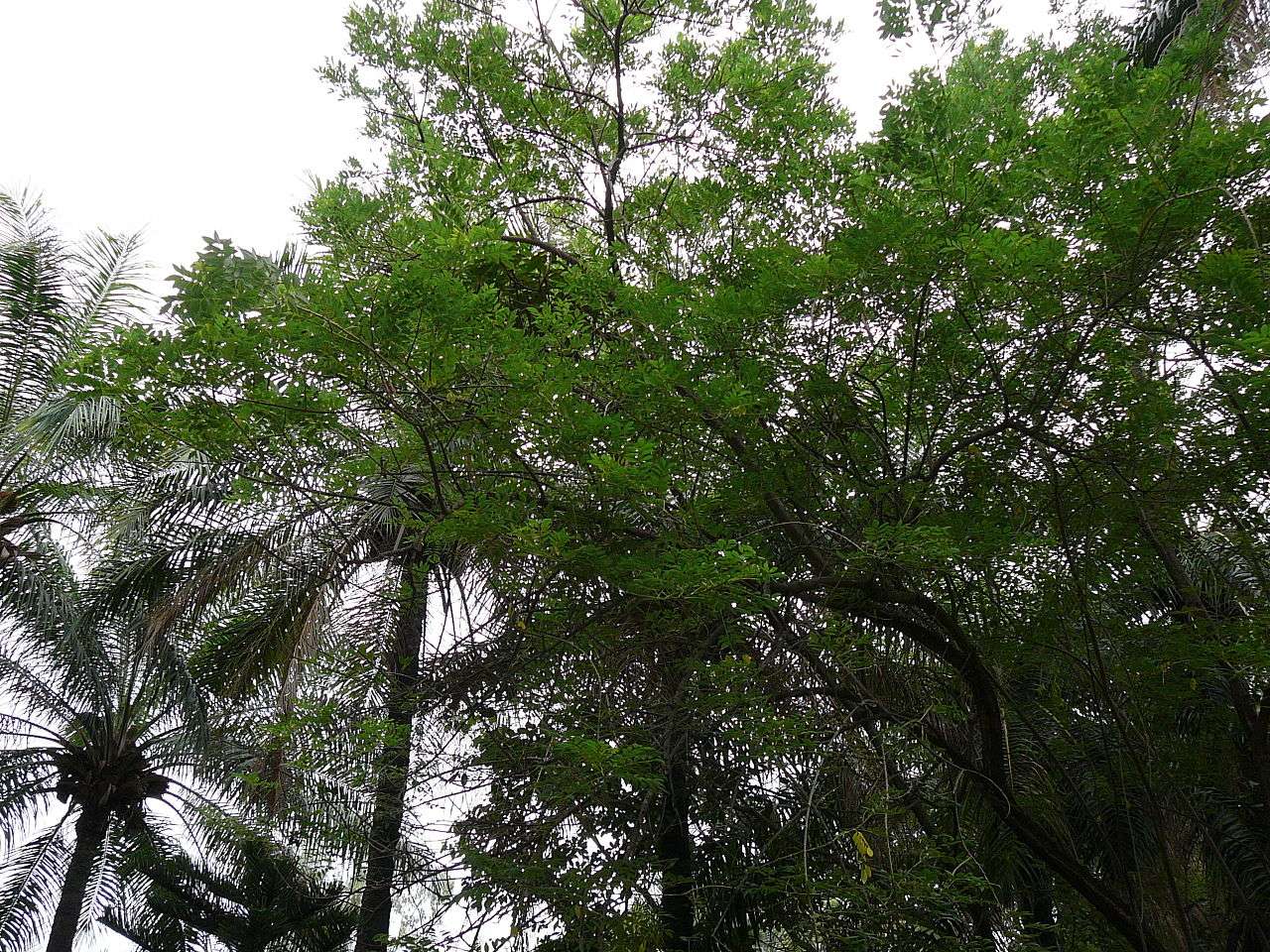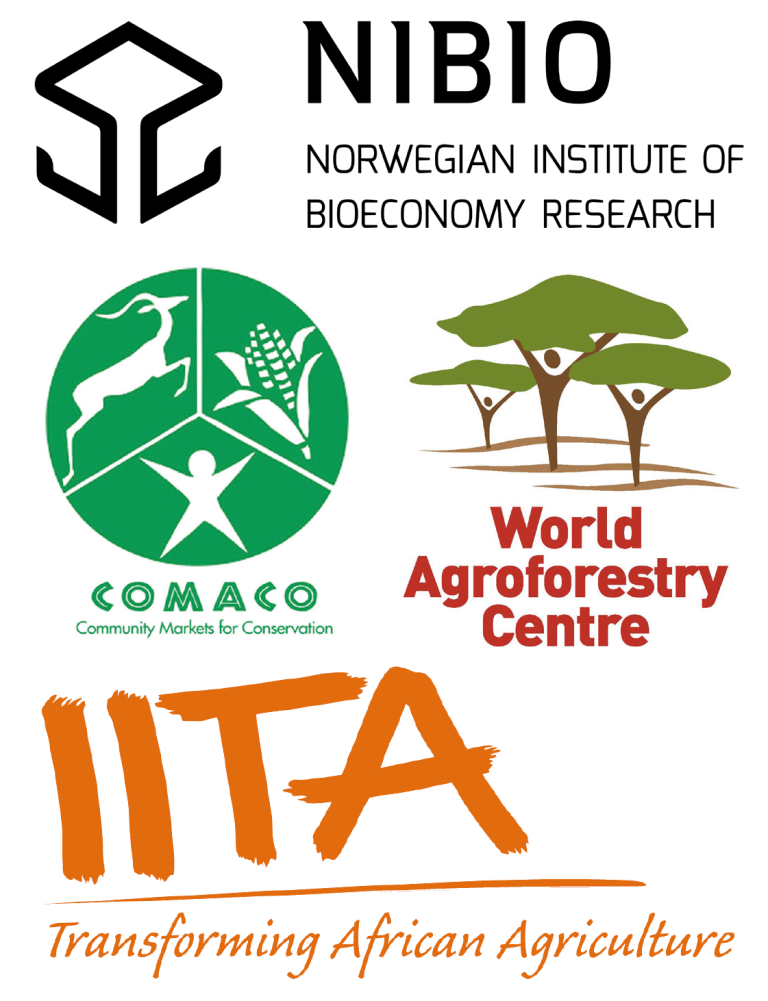Division of Environment and Natural Resources
Gliricidia Impacts on Soil fertility, Crop yields and Nutrition in Zambia

End: oct 2021
Start: nov 2019
A joint research effort for documenting the effects of Gliricidia under Conservation Agriculture (CA) in different farming systems in Zambia.
| Status | Active |
| Start - end date | 01.11.2019 - 31.10.2021 |
| Project manager | Sekhar Udaya Nagothu |
| Division | Division of Environment and Natural Resources |
| Department | Hydrology and Water Environment |
| Partners | NIBIO, IITA, ICRAF, COMACO |
| Total budget | 2,4 million NOK |
| Funding source | NORAD |

Funded by:

Gliricidia is a multi-purpose tree used for timber, firewood, medicinal purposes, charcoal, living fences, plantation shading, and not least soil improvement as a component of agroforestry.
In 2019, a joint research effort for documenting the effects of Gliricidia under Conservation Agriculture (CA) in different farming systems in Zambia was established. The emphasis of the two year project is to do some in-depth analysis on the potential yield gains in maize-legume cropping systems using Gliricidia and build up on the existing knowledge generated from previous research by the consortium partners and other sources.
There is a need for correlating the available Gliricidia agroforestry technology with soil health to improve crop nutrition. The research should help how small-scale farmers adopting CA with agroforestry may be contributing to healthier, more-nutrient rich food crops. This is in line with Norad/government priority to invest in areas related to food security and nutrition.
Main research objectives
The main objective of the research is to advise Norad on the relevance of continued support to Gliricidia based agroforestry systems under CA – and to assess the potential return rate – in social, economic, environmental and agronomic terms of such systems, as well as potential risk of the farming system for smallholders.
- To evaluate crop yields of maize-legume systems and study the impacts on soil nutrient balance (e.g. N, P, organic Carbon) under Gliricidia-based agroforestry systems at different levels of intensification and land degradation levels
- To establish the impact of Gliricidia-based agroforestry systems (as a soil management practices) on the soil nutrients uptake and crop nutrient composition.
A related objective on socioeconomics to understand the profitability of Gliricidia-based agroforestry systems under multiple management objectives of increased yields and crop rotations of key crops (maize, cassava, groundnuts, etc), will be taken up under a different assignment.
Work packages and deliverables
WP 1: Crop yield and nutrient balance measurements (ICRAF)
- Field trial designs and protocol development
- Analysis of the first-year cropping cycle - an interim report
- Analytical report on crop yield and nutrient balance at different levels of intensification
WP 2: Soil health and nutrition (IITA)
- Soil health cards at farm level focusing on smallholders practicing agroforestry in CA
- Technical manual on crop nutrients improvement from agroforestry in CA
WP 3: Knowledge Sharing & dissemination focusing on the farmer and science community (COMACO)
- One stakeholder dissemination workshop
- Farmer manual on Gliricidia-based agroforestry in maize-legume cropping systems
- One scientific publication
WP 4: Project coordination and reporting (NIBIO)
- Project work plan including dissemination
- Two project progress reports
Gliricidia sepium
Gliricidia sepium has become an important component of the Zambian farming systems because it is a fast growing and very adaptable nitrogen fixing tree, which boosts crop yields significantly without any application of inorganic fertilizers or with application of half recommended fertilizer doses (Kwesiga et al. 2003; Akinnifesi et al. 2006). Gliricidia leaves have a high total nitrogen content (4%) and the tree can be cut and coppiced repeatedly making it a suitable tree species for intercropping. Research conducted in Zambia and Malawi showed that Gliricidia produced high amounts of nutrient rich foliage, with a low carbon to nitrogen ratio, that decomposes easily and releases nutrients which are readily available to the companion crop (Mafongoya et al., 2006; Kwesiga et al. 2005). This means that prunings can be used to provide a rapid influx of nutrients to crops and provide some mulching benefits in terms of weed control and soil moisture conservation. In addition, the Gliricidia also increases soil organic matter and improves soil chemical, physical and biological conditions, generate multiple ecosystems services, and provides fuel-wood for household energy, which reduces deforestation (Kwesiga et al., 2005; Mafongoya et al., 2006; Sileshi & Mafongoya, 2006; Akinnifesi et al., 2006)
